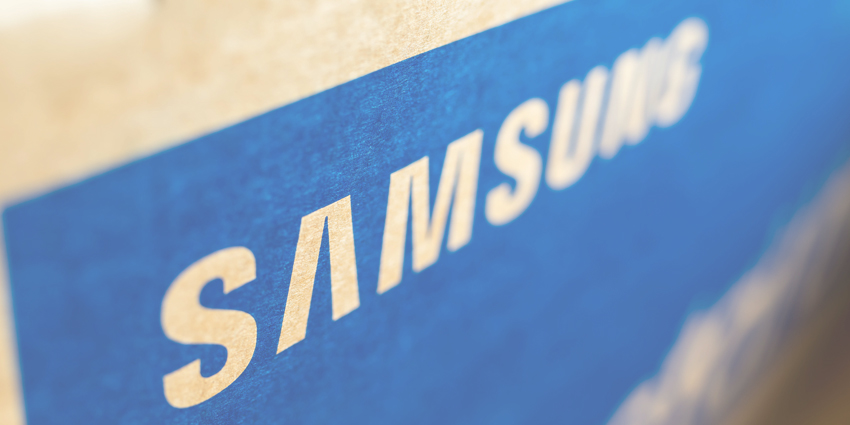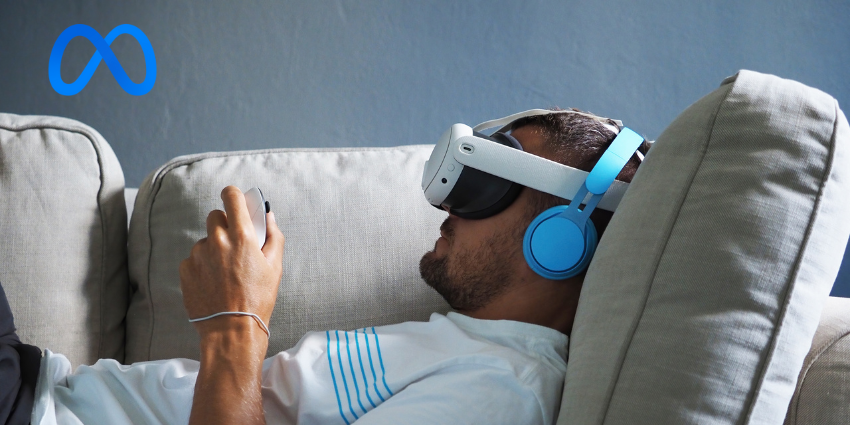Yesterday, during Samsung’s Upacked event, the technology giant gave a short but sweet insight into the future of its elusive but attention-grabbing Moohan headset. During its Unpacked keynote, Samsung mainly covered the latest updates concerning the Galaxy ecosystem and mobile AI, but closing the show, Samsung quickly showed the elusive XR headset on its big screen, revealing three key details.
One is that Google will contribute to developing the device via the AndriodXR OS, another is that the device will adopt elements of Samsung’s mobile AI technology, and thirdly, it will receive more public-facing updates this year.
While the details are slim, the timing of the reveal is vital. Samsung revealed the information on the device alongside its broader ecosystem updates, putting into perspective the value of a firm like Samsung in the XR space.
Samsung brings with it a broader technology ecosystem that can assist in introducing the large-scale Galaxy user base to XR wearables. Moreover, with Samsung Heavy Industries and other targetted divisions, the prospects of where the Moohan device could influence hold a lot of potential with baked-in users and hardware already present in various sectors, not just the consumer space.
While firms like Meta, which lead the market, are dedicated to its social media umbrella, XR, and emerging AI solutions, Samsung, on the other hand, has a deep hardware and accompanying AI portfolio that offers a fruitful avenue of competition.
Apple also had such abilities with its Vision Pro, accompanying technology portfolio, and partners like NVIDIA. While Vision Pro has not picked up steam in the eyes of select audiences, potentially a warning sign for Samsung, there are also lessons to be learnt that the Galaxy leader can leverage going forward.
Moreover, with the support of the AndroidXR ecosystem and its partners, Samsung is not alone in its journey. The future could very well be bright for Samsung and its XR endeavours. If the Unpacked announcements are correct, then an AI-ready Moohan may see more light later this year.
More on AndroidXR
Google has announced Android XR, an operating system specifically designed for extended reality devices and services. The company describes it as the “next generation of computing.” Notably, Google is developing this XR OS in collaboration with Samsung.
Other significant players in the XR industry are supporting Android XR, including Qualcomm, Sony, XREAL, Magic Leap, and Lynx, a new entrant in the XR market. In an official press release, Google stated, “We are opening a path for developing a wide array of Android XR devices to meet the diverse needs of people and businesses.”
The launch of the Android XR ecosystem comes alongside Meta’s Horizon OS and Apple’s visionOS, positioning Google and its partners to unite several major players in the emerging technology field and create a competitive alternative to Apple and Meta’s offerings.
The Android XR OS is designed to advance the future of AI, augmented reality, and virtual reality applications on headsets and smart glasses. The current version of Android XR is available for developers in a preview stage, with a broader release expected in the future. Developers who are working with Android XR can utilize familiar tools such as ARCore, Android Studio, Jetpack Compose, Unity, and OpenXR to begin their projects.
Google emphasized that Gemini AI assistants will help create new opportunities for interacting with the headset and its visualizations. Additionally, because of its Android foundation, the XR OS is capable of supporting many existing mobile and tablet applications, along with purpose-built Android XR content.
This initiative addresses a significant hurdle in adopting XR technology: users require a broad selection of applications and essential services to encourage their commitment to an XR device. With support from Google, Samsung, Magic Leap, Lynx, Sony, Qualcomm, and XREAL joining the Android XR journey, the platform is poised for additional support and investment in 2025.
Google Invests $250 Million into HTC
Meanwhile, Samsung’s AndriodXR partner Google announced a separate yet paralleled piece of news—and a significant piece at that—with its quarter billion investment in HTC VIVE.
Google has entered a definitive agreement with HTC VIVE, resulting in a significant investment of $250 million in the leading XR firm. In exchange, Google will receive valuable XR-related support from the headset manufacturer.
This partnership allows Google to access certain employees from HTC’s XR team, who will join Google to assist in developing its own XR solutions. This collaboration is significant for the industry, as it brings together two giants of the technology sector—HTC, with its rich history in the market, and Google. This alliance may foster new competition and innovation in the XR space.
The investment is expected to help Google expand its portfolio alongside the AndroidXR operating system, which has the potential to revitalize the XR industry in the latter half of the decade and advance its smart glasses initiatives.
The $250 million investment also gives Google a non-exclusive license to HTC’s XR intellectual property (IP). With the expertise of HTC’s XR specialists, both companies see this investment as a gateway to future collaboration opportunities.
Google’s $250 million investment is currently subject to standard closing conditions, and the closing is expected to occur in the current quarter of 2025.







